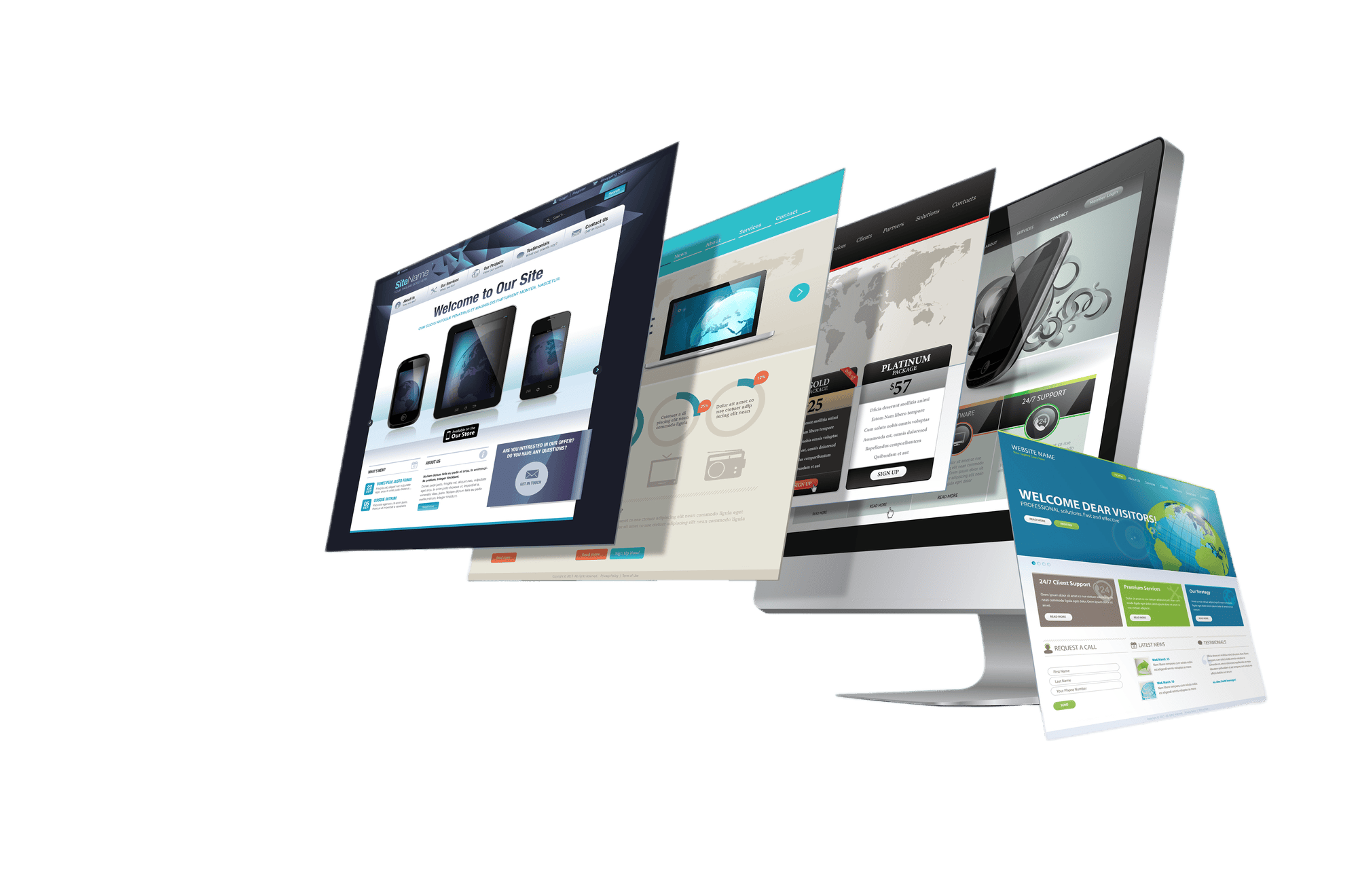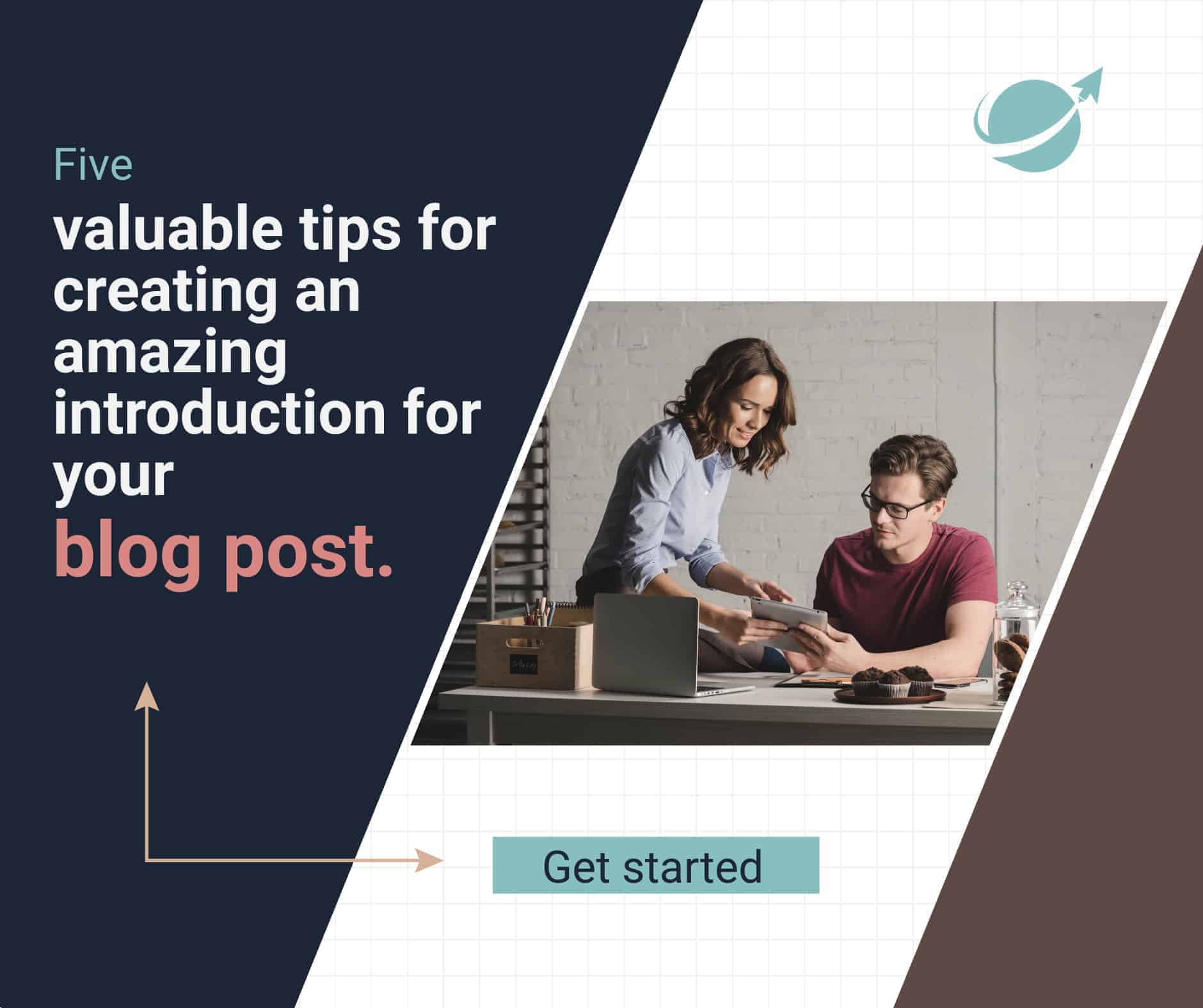If your blog post intro falls short, you risk losing your readers. This may sound harsh, but it’s a fact. Your title may have sparked their interest, but without an engaging intro, they’re unlikely to stick around. Even worse, they may not return to your blog again. To prevent this from happening, your intro must captivate your audience and maintain their interest. Remember, your readers are searching for solutions to the problems or topics you’ve presented in your title. It’s essential to ensure that your intro addresses these concerns. Feeling overwhelmed? Don’t worry; I’ve got you covered. Follow the tips below, and you’ll be on your way to creating an attention-grabbing intro that keeps your readers hooked.
1. Start with an interesting hook:
Begin your blog post with an attention-grabbing statement or question that will immediately pique your readers’ interest. A good hook can be a surprising statistic, a powerful quote, or a personal anecdote that relates to your topic. The first few sentences of your blog post are critical in capturing your reader’s attention and convincing them to continue reading. This is where the “hook” comes in, a sentence or phrase that sparks curiosity and creates interest in what you have to say. A great hook can be anything that captivates your readers and makes them want to know more. For instance, if you begin with a surprising statistic or fact that applies to your topic, it can create a sense of urgency, making your readers want to learn more about the issue at hand. Another option is to use a powerful quote from a well-known figure or expert in your field. This can add credibility to your post and make it more interesting. Alternatively, you could use a personal anecdote that relates to your topic. This can create an emotional connection with your readers, making them more invested in what you have to say. Whichever method you choose, ensure that your hook is relevant, engaging, and in line with the overall tone and theme of your post.
2. Provide context:
After your hook, provide some background information on your topic to set the stage for your readers. After grabbing your reader’s attention, it’s essential to provide some context to your topic to give them a better understanding of what your post is about. This context-setting can be achieved by providing some background information related to the subject. For instance, you provide a brief historical overview of the topic, outlining how it has grown over time and what has led to its current state. Alternatively, you could present some current events or recent developments that have brought the topic to the forefront of people’s minds. This could include news articles, research studies, or social media posts that have caught people’s attention. Another option is to summarize the issue you’re addressing in your post, highlighting why it’s important and what makes it relevant to your readers. This can help readers understand the significance of your topic and why they should care about it. Whatever approach you take, ensure that your background information is concise and relevant to your topic, providing your readers with the necessary context to fully engage with your post.
3. Identify the problem:
Clearly state the problem or challenge that your blog post is addressing. Your readers need to understand why your post is relevant to them and what they can expect to learn or gain from reading it. Once you’ve provided some background information on your topic, it’s crucial to clearly state the problem or challenge your blog post is addressing. This is the core issue you’re trying to solve or the question you’re trying to answer. It’s important to make this clear to your readers because they need to understand why your post is relevant to them and what they can expect to gain or learn from it. By explicitly stating the problem or challenge, you’re also signaling to your readers that you understand their pain points and are here to help them find a solution.
When stating the problem or challenge, be specific and avoid being too general or vague. This will help your readers better understand what your post is about and what they can expect to gain from it. You can also use this section to highlight the implications of the problem or challenge and why it’s important to address it. This will help create a sense of urgency and reinforce why your readers should care about the topic.
4. Preview your solutions:
After you’ve clearly stated the problem or challenge your post is addressing, it’s time to give readers a sneak peek of the solutions or strategies you’ll be discussing. This preview serves as a roadmap for readers, giving them an idea of what they can expect from your post and what solutions or strategies they’ll gain access to by the end of the post.
Previewing your solutions or strategies can take different forms, depending on the type of post you’re writing. For example, you can provide a bulleted list of key takeaways or action items at the end of the introduction to give readers a clear understanding of what they’ll gain from reading the post. Alternatively, you can provide a brief overview of the main points you’ll be covering in the post, including the solutions or strategies you’ll be discussing. This can give readers an idea of what to expect and encourage them to keep reading to learn more.
The key is to keep this preview brief and focused on the main points you’ll be covering in your post. Avoid overwhelming your readers with too much information or including irrelevant details. The preview should be clear, concise, and relevant to the topic at hand.
By previewing the solutions or strategies you’ll be discussing, you’re giving readers a clear idea of what to expect from your post and encouraging them to keep reading. This can help increase engagement and ensure that readers walk away with actionable insights they can use to address the problem or challenge you’ve identified.
5. Be concise:
When it comes to writing a great blog post intro, brevity is key. Your intro should be concise and to the point, aiming for around 100-150 words or fewer. This allows you to quickly grab your readers’ attention and get to the heart of your topic without overwhelming them with too much information.
To keep your intro focused and engaging, every sentence should serve a clear purpose. Avoid rambling or going off-topic, as this can quickly lose readers’ attention and undermine the impact of your intro. Instead, aim to stay on track and provide information that is relevant to the topic at hand.
One helpful technique for ensuring your intro stays focused is to create an outline before you start writing. This will help you organize your thoughts and ensure that every web copy serves a rational purpose. You can also try writing your intro and then revising it several times, editing out any unnecessary or irrelevant information.
Overall, the key to a great blog post intro is to be clear, concise, and focused on the topic at hand. By keeping your intro brief and to the point, you can quickly engage your readers and encourage them to keep reading your post.
Remember, a well-written intro can be the difference between a post that resonates with your audience and one that falls flat. By incorporating these tips into your writing process, you can create intros that grab your readers’ attention and keep them engaged throughout your post. If you have any questions, feel free to contact us.





